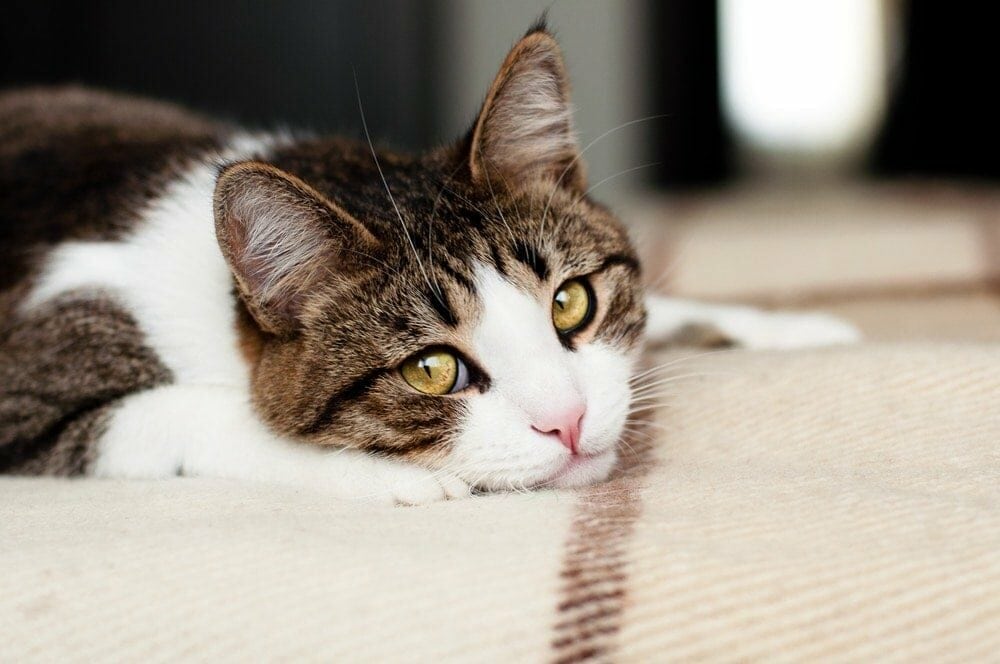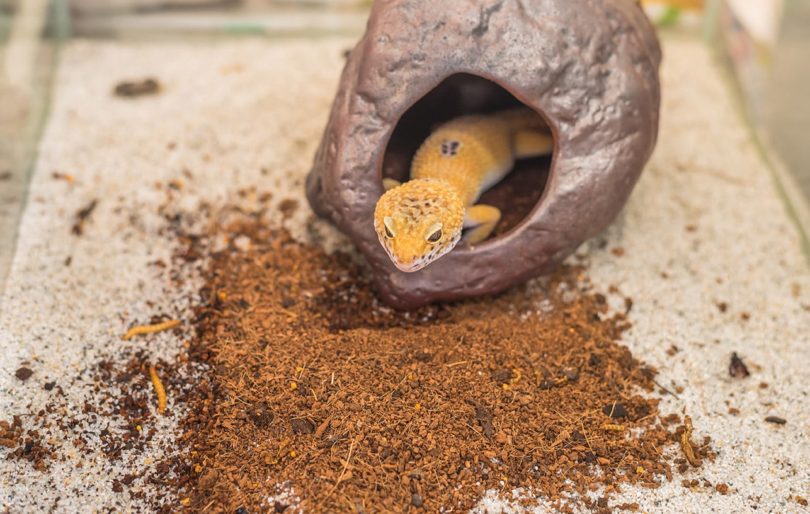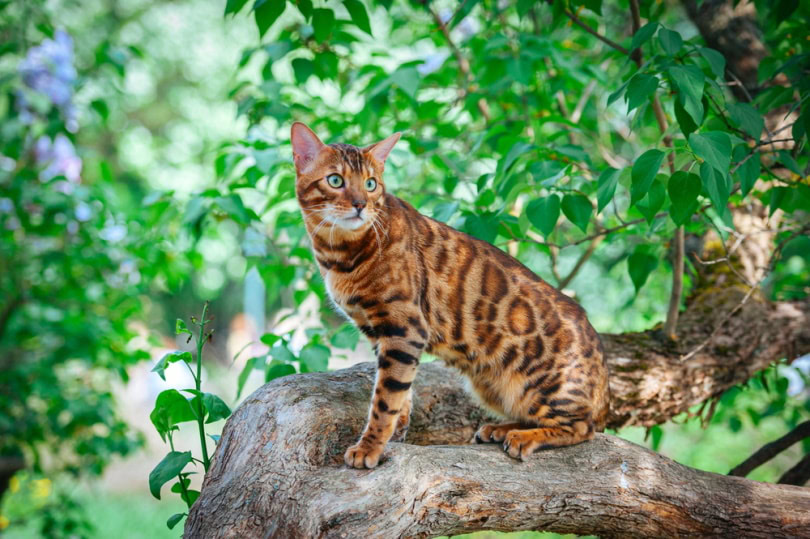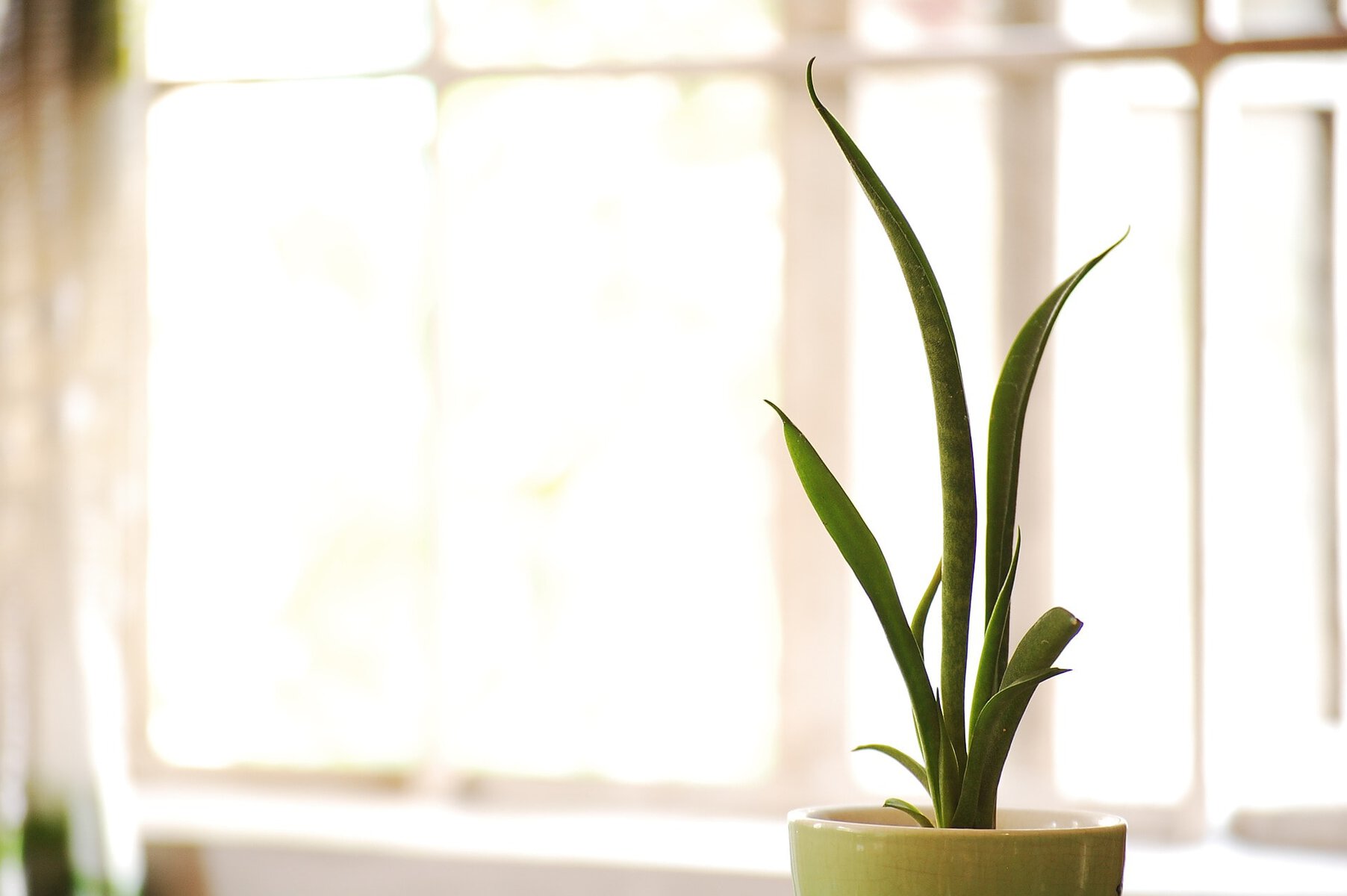VET APPROVED

The information is current and up-to-date in accordance with the latest veterinarian research.
Learn more »Click to Skip Ahead
If your kitty likes to accompany you to the kitchen, you should familiarize yourself with what’s safe for them to eat and what’s not. Certain foods, such as milk, aren’t inherently toxic to cats, but yours may be lactose intolerant and become sick on just a small amount. Some things, such as cooked boneless fish, should be safe to feed your cat, so you can add supplemental nutrition to their diet. Other ingredients, such as chocolate and garlic, are toxic to all cats and should be avoided. Also, any leftover food will likely give them indigestion in large amounts, so you should limit even their healthy snacks to a sample-sized portion just to be safe. Here are 11 foods that are toxic to cats in any circumstance.

The 11 Foods That Are Toxic to Cats
While some snacks are okay in moderation, you should never let your cat have even a hint of these dangerous delicacies.
1. Alcohol
It should go without saying, but no amount of alcohol is safe for your cat or dog. Whether it’s beer, wine, or spirits, your pets should stay out of the liquor cabinet.
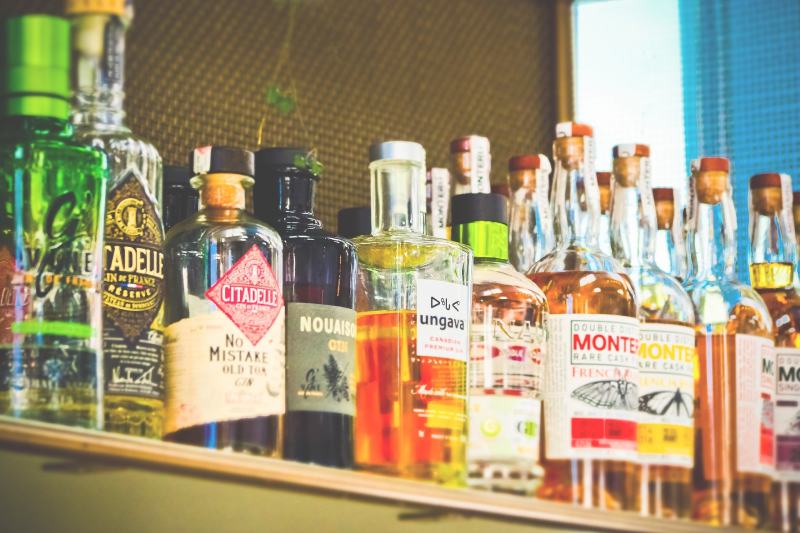
2. Artificially Sweetened Drinks or Desserts
There are so many artificial food additives and sweeteners on the market nowadays that it’s impossible to have detailed studies available on all of them. We do have conclusive evidence that at least one is harmful to pets, however. Xylitol, which is often found in chewing gum, toothpaste, sugar-free peanut butter, and certain desserts, is highly toxic to dogs, causing severe hypoglycemia (low sugar levels) and liver failure. Xylitol’s toxicity in cats has not been demonstrated to date, but even so, it’s best to avoid it entirely until more information is known. Regardless, xylitol and other artificial sweeteners aren’t exactly healthy for your cat.
3. Avocado
Sadly, your cat can’t sample any avocado toast because the fruit contains a toxin called persin. In fact, every part of the plant contains this toxic substance, so the leaves and the rest of the plant are all potentially poisonous.
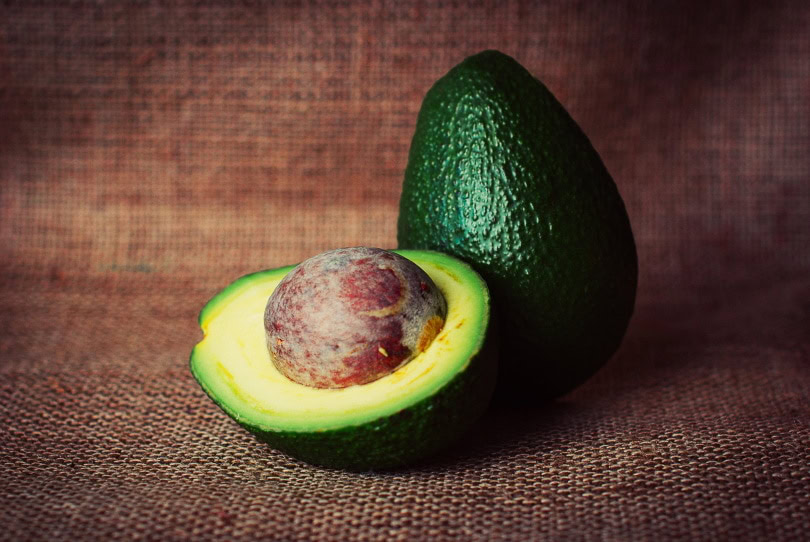
4. Chocolate
Like dogs, cats should never be offered chocolate. The theobromine and caffeine in chocolate are toxic to cats and affect them in many ways, including causing changes in their heart rhythm and triggering agitation, vomiting, diarrhea, tremors, and even seizures. While all types of chocolate products are off-limits, dark chocolate, baker’s chocolate, and cocoa powder are especially dangerous because they have the highest levels of theobromine and caffeine. With white chocolate, which contains almost no cocoa solids, the risk of chocolate poisoning is extremely low, but the fat content can have serious negative effects on your cat.
5. Citrus
Most cats are repelled by the idea of lemons and limes and for good reason. All members of the citrus family are toxic to cats. In addition to clearing away orange peels, you also need to be mindful about growing citrus near your cat and especially about using products containing citrus essential oils, which can be deadly. Fortunately, cats are not attracted to the smell of citrus. In fact, some deterrent products intentionally use citrus scent to discourage cats from entering certain areas, but you’ll want to be sure not to spray them in your cat’s face or let them ingest the contents. Neither citrus essential oils nor any other essential oils should be used around your kitten, since all of them are highly toxic and some are even deadly.
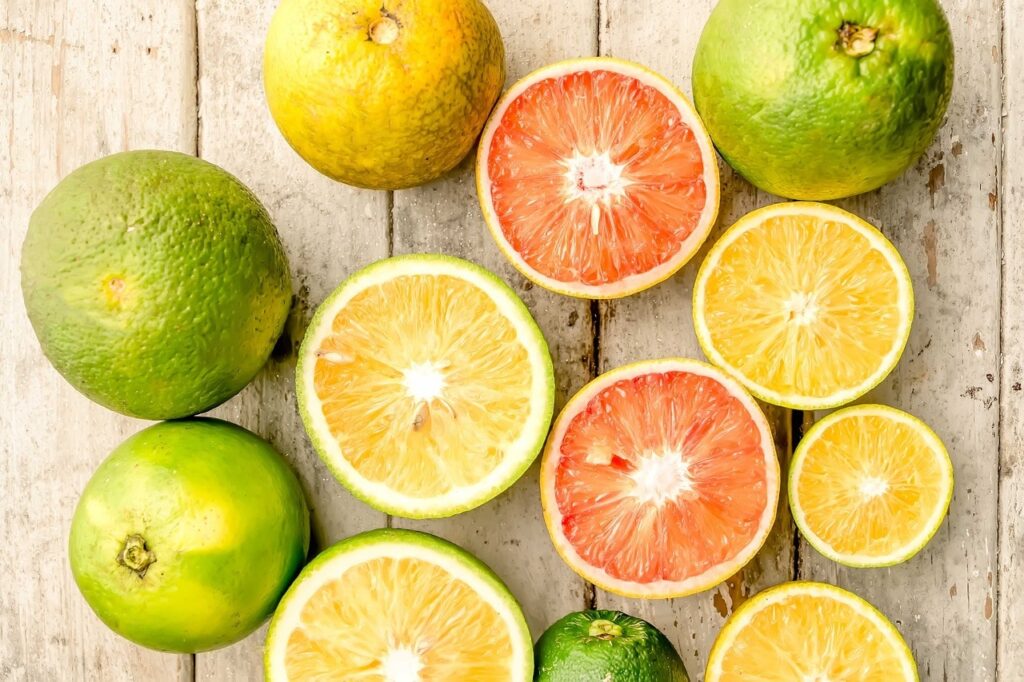
6. Garlic
Garlic is a member of the poisonous Allium plant genus, so you’ll want to steer clear of this common ingredient. Plants in this genus all contain compounds that cause red blood cell damage in cats and dogs, which can be fatal. Unfortunately, garlic is such a common seasoning that it might be hidden in seemingly innocent dishes, such as steak. It is important to note that garlic powder is more concentrated than fresh garlic and therefore, much more poisonous.
7. Onions
Whether they’re green or red, raw or cooked, all types of onions should be avoided. Onions are part of the Allium genus, and like with garlic powder, onion powder is a common seasoning with a higher toxicity risk than fresh onions. Even bulbed flowers, such as the amaryllis, in the Allium genus are toxic to cats.
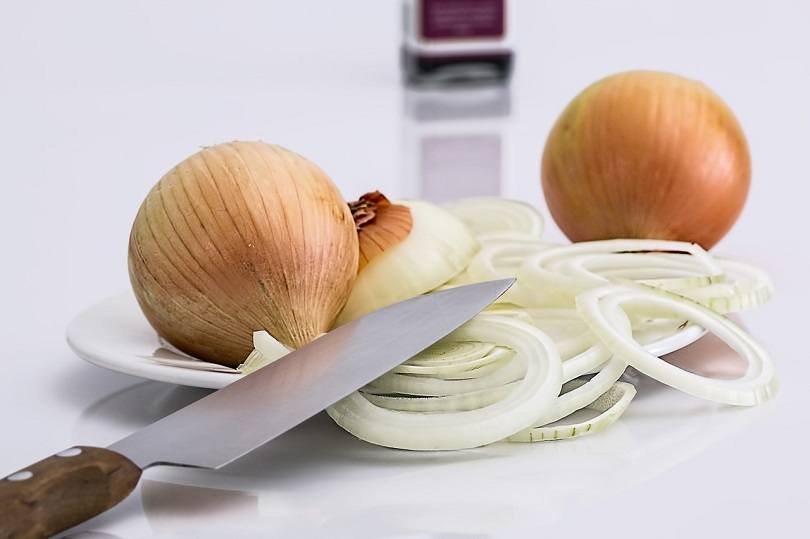
8. Chives/Leeks/Shallots
Avoid giving your cat chives, leeks, or shallots and any dishes containing them. Like garlic and onions, these are members of the Allium genus and are therefore toxic to cats.
9. Grapes
Unlike with some other foods, we still don’t know what substance in grapes and raisins spells bad news for our feline friends. However, a 2022 study on dogs has shed some light on this and proposes that the toxic component in grapes and raisins is tartaric acid. The toxicity of grapes in cats is not as established as in dogs, but it’s still best to avoid them since they’ve been linked to kidney failure.
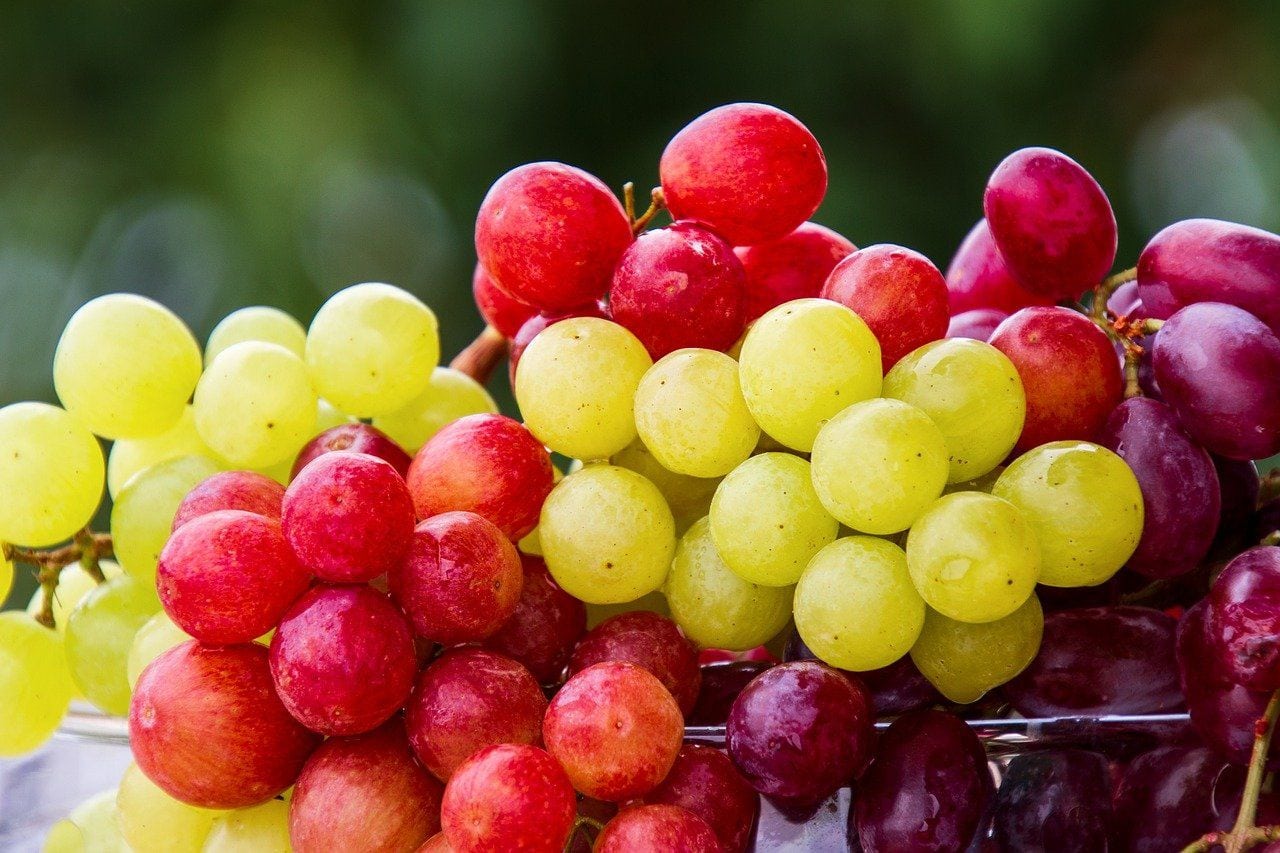
10. Macadamia Nuts
These nuts aren’t fully understood. They’re an excellent source of healthy fats for humans but can cause vomiting, diarrhea, lethargy, weakness, breathing problems, and an inability to walk in dogs. There are no reports of toxicity in cats, but they are still food items to avoid because their high fat content is not recommended at all for our kitties.
11. Some Raw Meat
If you want to start your cat on a raw meat diet, we highly recommend talking to your veterinarian about the pros and cons. However, we’re not warning you about the raw meat in a natural diet carefully crafted for cats or discussing whether your outdoor cat should eat a freshly killed rat. We’re talking about the dangers of feeding your cat meat that’s been sitting on the countertop or your cat’s food bowl for too long. That meat can be contaminated with Salmonella and other bacteria that could harm you and/or your cat.
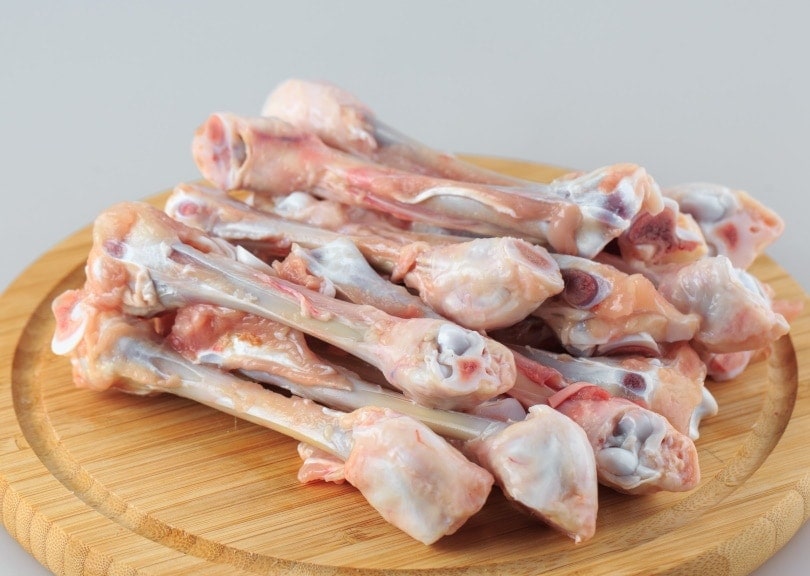

What to Do If Your Cat Eats Something Toxic
So, what do you do if a grape slips off the counter and you can’t catch it in time? Many curious cats have gotten sick after eating things that are bad for them, but not every accidental bite manifests in illness.
You should contact your vet right away and follow their instructions. These are a few signs of poisoning:
- Vomiting
- Lethargy
- Diarrhea
- Abnormal behavior
- Respiratory distress
- Abnormal gum color
- Seizures
If possible, let your vet know how much they ate, and when. Never try to induce your cat to vomit at home. Unfortunately, there isn’t a safe way to get your kitty to puke, so if your vet determines that they ate too much of a poisonous substance, you’ll most likely need to bring them in for treatment.
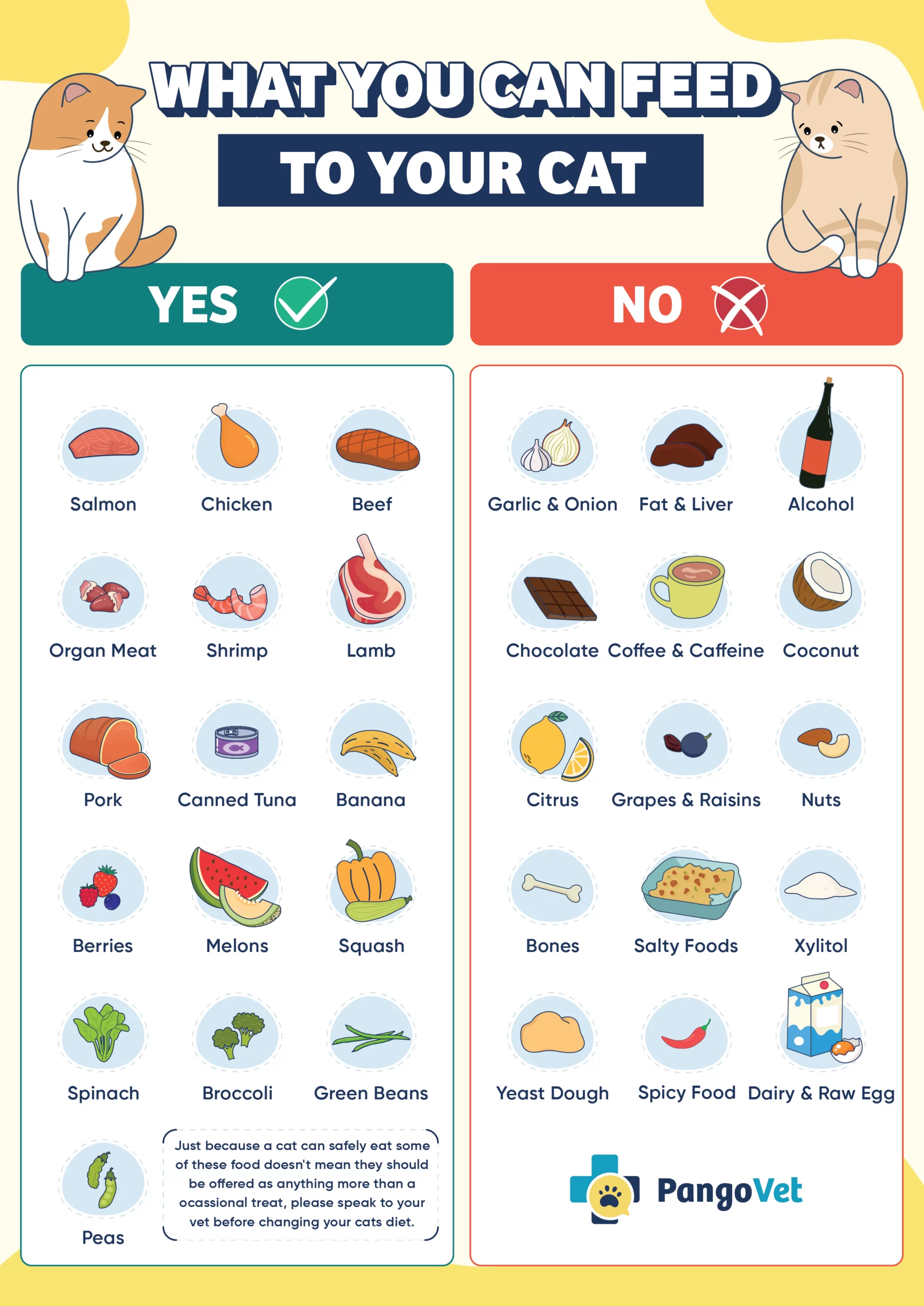

Healthy Snacks for Cats
Thankfully, not everything in the refrigerator is forbidden. In addition to their regular diet, you can let your cat have a few bites of these tantalizing treats. Remember, moderation is the key, so you only want to give them a taste.
1. Apples
Fresh apple slices can be tasty for some cats. However, always avoid the core and the seeds, since these contain cyanogenic glycosides and pose a choking hazard.
2. Bananas
Your cat may go bananas for this fruit, which is good because it’s a source of potassium.
3. Berries
As long as they aren’t a choking hazard, your cat can enjoy the whole summer crop of raspberries, strawberries, blueberries, and blackberries. You should slice them into bite-sized pieces for your cat’s convenience.
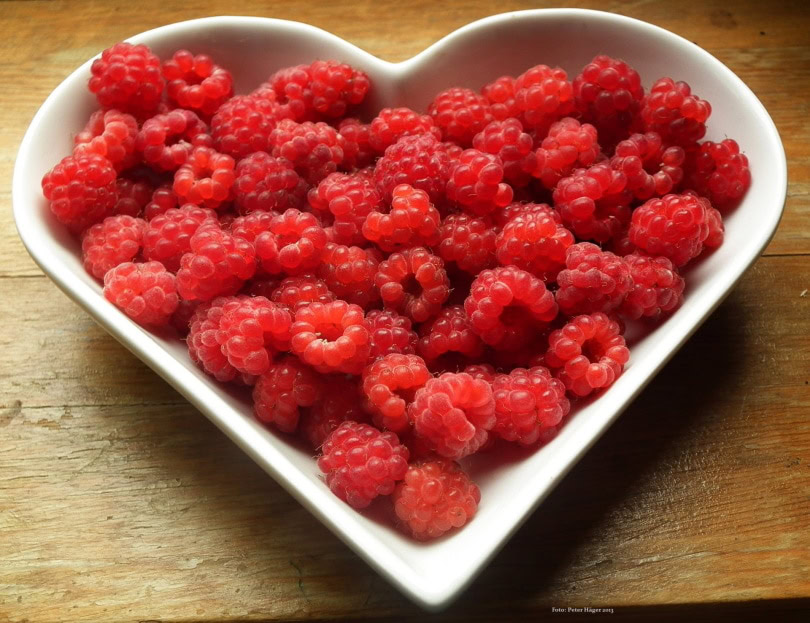
4. Cantaloupe
Cats are strangely attracted to cantaloupe because it has a slightly meaty scent. While cantaloupe contains compounds that are good for them, you should slice off the rind unless you want to have a full litter box in the morning.
5. Pumpkin
A small scoop of pumpkin can settle your cat’s stomach in certain situations, provided that it’s recommended by your vet. Skip the pumpkin spice, however, since it contains toxic ingredients such as nutmeg (and doesn’t usually have pumpkin, anyway).
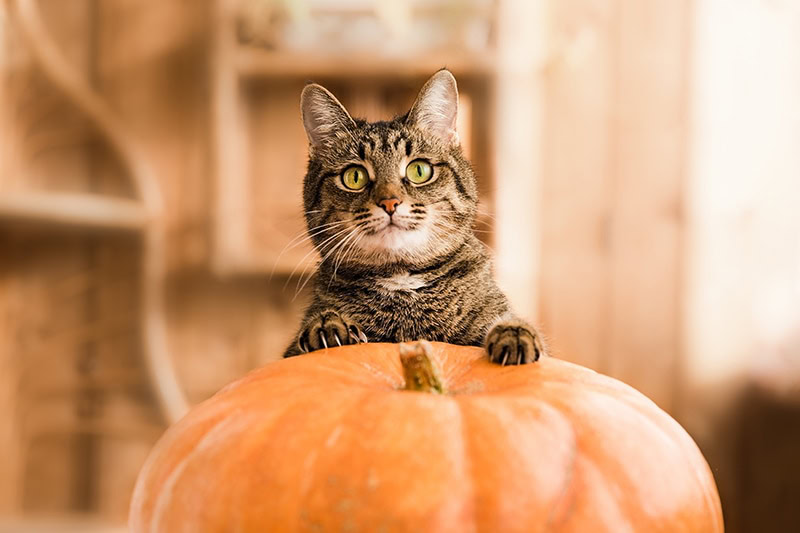
6. Scrambled or Boiled Eggs
Whether they’re scrambled, boiled, or fried, eggs boost your cat’s protein levels. Just make sure they’re fully cooked to avoid the risk of Salmonella.
7. Squash
While they may be notoriously afraid of its cousin the cucumber, cats can eat squash in moderation. Yellow or summer squash has beneficial effects similar to those of pumpkin, which makes sense because pumpkin is actually a type of squash.
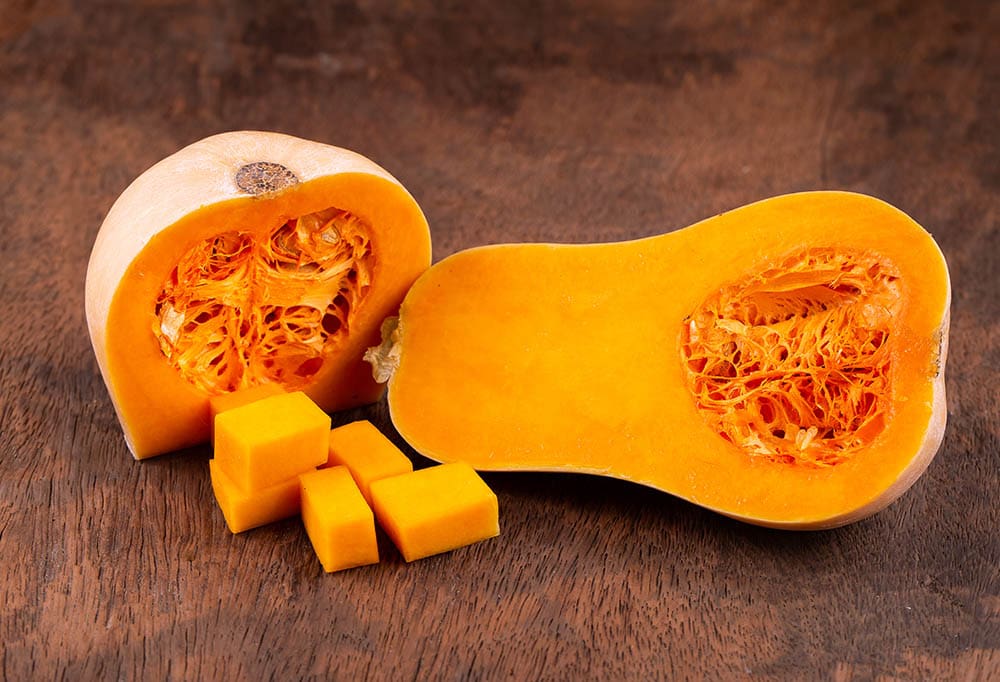
8. Unseasoned Cooked Meat
Turkey, fish, chicken, pork, beef—all of these are excellent options to feed your cat, as long as they’re fully cooked and free from seasonings. Remember that garlic and onion in all of their forms are toxic, so you want to be absolutely certain that there are no added ingredients.


Conclusion
Your pantry certainly shouldn’t have an open-door policy for your cat. While some human foods are okay to feed to your cat in moderation, others are highly toxic. Opting for healthy cat treats from the shop is another great way to indulge your kitty. Always ask your veterinarian if you have questions on what or how much to feed your cat to promote a healthy lifestyle.
- https://www.ncbi.nlm.nih.gov/pmc/articles/PMC2984110/
- https://www.hepper.com/can-cats-eat-macadamia-nuts/
- https://www.ncbi.nlm.nih.gov/pmc/articles/PMC2984110/
- https://www.preventivevet.com/pets/safe-and-unsafe-nuts-and-seeds-for-pets
- https://www.petmd.com/cat/which-fruits-can-cats-eat
- https://www.hepper.com/can-cats-eat-squash/
- https://www.hillspet.com/pet-care/nutrition-feeding/can-dogs-and-cats-eat-avocados?lightboxfired=true#
- https://www.aspca.org/news/updated-safety-warning-xylitol-how-protect-your-pets
- https://www.vet.cornell.edu/departments-centers-and-institutes/cornell-feline-health-center/health-information/feline-health-topics/poisons
Featured Image Credit: medveda, Shutterstock
